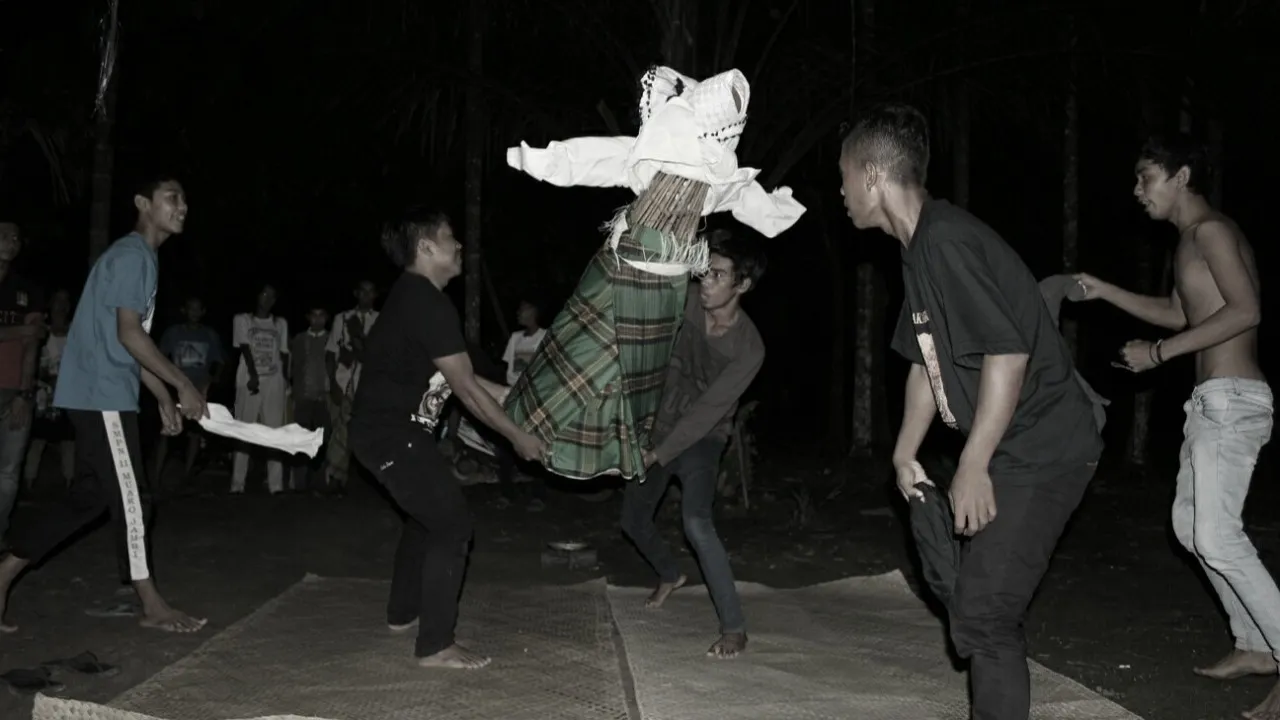
when Horror Yearbook – Jelangkung Awakens as Indonesia’s ancient spirit-summoning ritual draws renewed attention in the digital age. Once whispered in hushed tones around rural fires, this supernatural game has found its way into urban conversations, horror films, and even online forums. Despite warnings from elders, curiosity among younger generations has reignited interest in the ritual. They explore it not only as a game but as a portal to cultural identity, spiritual exploration, and psychological challenge.
Rooted in traditional beliefs about the spirit world, Jelangkung involves crafting a doll from a coconut shell and bamboo. Participants place a pencil or pen in its grip and ask questions. Supposedly, the spirit answers by moving the writing tool. While skeptics dismiss it as unconscious motion or group hysteria, others remain convinced they have witnessed unexplainable phenomena. Either way, Jelangkung has never disappeared. It has only waited.
The practice of Jelangkung predates Indonesia’s colonial period. Villagers once turned to the game when shamans or spiritual leaders were unavailable. Through the ritual, they sought guidance or messages from the dead. In many versions, an invitation was recited aloud to summon the spirit. The phrase Come play with us was spoken as a respectful call rather than a demand.
Modern interpretations often shift this tone. The ritual is sometimes performed at parties or filmed for YouTube content. Participants light candles, dim the lights, and engage in the ritual as entertainment. This shift has blurred the lines between cultural practice and spectacle. Still, some groups seek to restore Jelangkung’s deeper meaning. They study regional differences in the ritual, consult with elders, and include elements of prayer or protection.
“Read about: The Legend of Nian: How a Monster Shaped a Celebration”
Jelangkung’s central figure is its doll. Usually made with simple household items, the doll holds symbolic weight. The coconut shell represents the human head. Bamboo forms its limbs. Traditional clothes or paper scripts may be added to personalize it. When the spirit enters, believers say the doll becomes animated. It becomes a vessel.
Symbolically, this transformation reflects themes of possession, identity, and human vulnerability. Artists and writers have explored this metaphor. The doll stands at the threshold between the known and the unknown. It is both innocent and terrifying. Some exhibitions have featured Jelangkung dolls as cultural artifacts. Others treat them as spiritual tools. In both contexts, their presence unsettles and provokes.
Stories of mishaps during Jelangkung sessions have long circulated. Participants report fainting spells, cold drafts, or eerie knocks. Occasionally, someone claims they took the doll home and regretted it. These tales add to the mystique. They also raise ethical questions. Should spiritual rituals be treated as games? Are participants aware of the emotional risks involved?
In some Indonesian schools and youth communities, Jelangkung has been compared to Western rituals like Ouija or Bloody Mary. Yet there is a local intimacy to Jelangkung that makes it different. It is rooted in animist traditions. It shares space with Islam, Christianity, and Buddhism, creating a layered spiritual landscape. When young people revisit Jelangkung, they are not only playing. They are asking where they come from and who they are.
“Read more: Train Smarter, Not Longer: The 7-Minute Method Explained”
Indonesia’s horror film industry has played a major role in popularizing Jelangkung. The early 2000s saw blockbuster films that turned the ritual into a national sensation. These movies portrayed the game as a doorway to terror. Spirits were unleashed. Lives were changed. The audience watched with both fear and fascination.
More recent films have returned to this theme with more nuance. They explore Jelangkung as a family inheritance or a metaphor for generational trauma. While some viewers come for the scares, others stay for the symbolism. Filmmakers walk a line between thrill and respect. Not all portrayals succeed. But the trend shows that Jelangkung still speaks to something deep in the national psyche.
With TikTok, Instagram, and YouTube, Jelangkung has reached new audiences. Users post tutorials on how to summon spirits. Some even livestream their sessions. This trend has raised concern among cultural and spiritual leaders. They worry that sacred practices are being misused or turned into pranks.
In response, some communities have created educational content. They remind viewers of the cultural context. They encourage ethical exploration rather than careless mimicry. This debate reflects a broader tension. How do traditions survive in a world of instant access and viral content? Can ancient practices evolve without losing their soul?
Jelangkung is more than a horror gimmick. It is a window into Indonesia’s spiritual heritage. When participants craft the doll, light candles, and sit in silence, they do something rare in the modern world. They listen. They open themselves to what cannot be explained. Whether one believes in spirits or not, the ritual creates space for reflection. It teaches presence.
In this way, Jelangkung survives not as a superstition but as a ritual of awareness. Its continued practice suggests that humans will always seek connection beyond the visible. Whether in a village hut or a high-rise apartment, someone always calls into the dark. And sometimes, something answers.